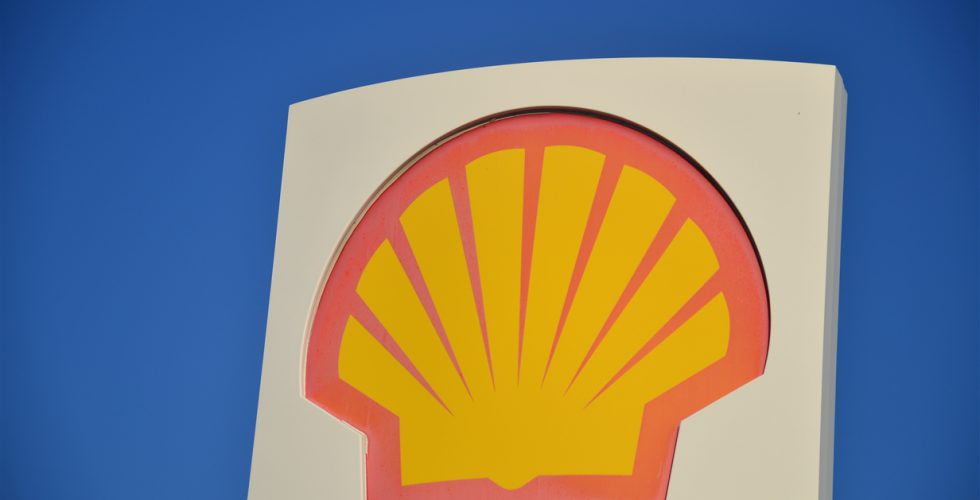
The Hague-based LNG giant Shell reported an increase in profit for the second quarter and the first half of the year as Integrated Gas and Upstream businesses’ contributions rise.
The company’s profit for the second quarter jumped 30 percent to $4.7 billion from $3.7 billion with the first six months profit jumping from $7.4 billion in 2017 to $10 billion in 2018.
Shell has also started a share buyback programme of at least $25 billion in the period of 2018-2020, subject to further progress with debt reduction and oil price conditions.
“This move complements the progress we have made since the completion of the BG acquisition in 2016, to reshape our portfolio through a $30 billion divestment programme and new projects, to reduce net debt, and to turn off the scrip dividend,” the company’s CEO Ben van Beurden said.
He added that the company’s financial framework remains unchanged as the free cash flow outlook and the progress made on balance strengthening give Shell the possibility to kick-start the share buyback program.
Shell’s LNG sales up
Compared with the second quarter 2017, Integrated Gas earnings excluding identified items benefited from higher realized oil, gas and LNG prices, increased contributions from trading, as well as higher sales volumes.
This was partly offset by higher operating expenses. Total production increased by 16 percent compared with the second quarter 2017, mainly due to higher volumes from Pearl GTL.
LNG liquefaction volumes increased by 5 percent compared with the same quarter a year ago, mainly due to increased feedgas availability across the portfolio, partly offset by higher maintenance.
LNG sales volumes for the second quarter were up 12 percent from 16.08 million tons in 2017 to 17.97 million tons in the second quarter this year.
Compared with the first half 2017, Integrated Gas earnings excluding identified items benefited from higher realized oil, gas and LNG prices, increased contributions from trading and higher sales volumes. This was partly offset by higher operating expenses.
Total production increased by 23 percent, mainly due to higher volumes from Pearl GTL and Gorgon. Despite the Woodside divestment, LNG liquefaction volumes increased by 7 percent compared with the same period last year, mainly due to increased feedgas availability.
LNG Sales volumes for the first half of the year jumped 15 percent to 36.55 million tons from 31.92 million tons in the first six months of 2017.

